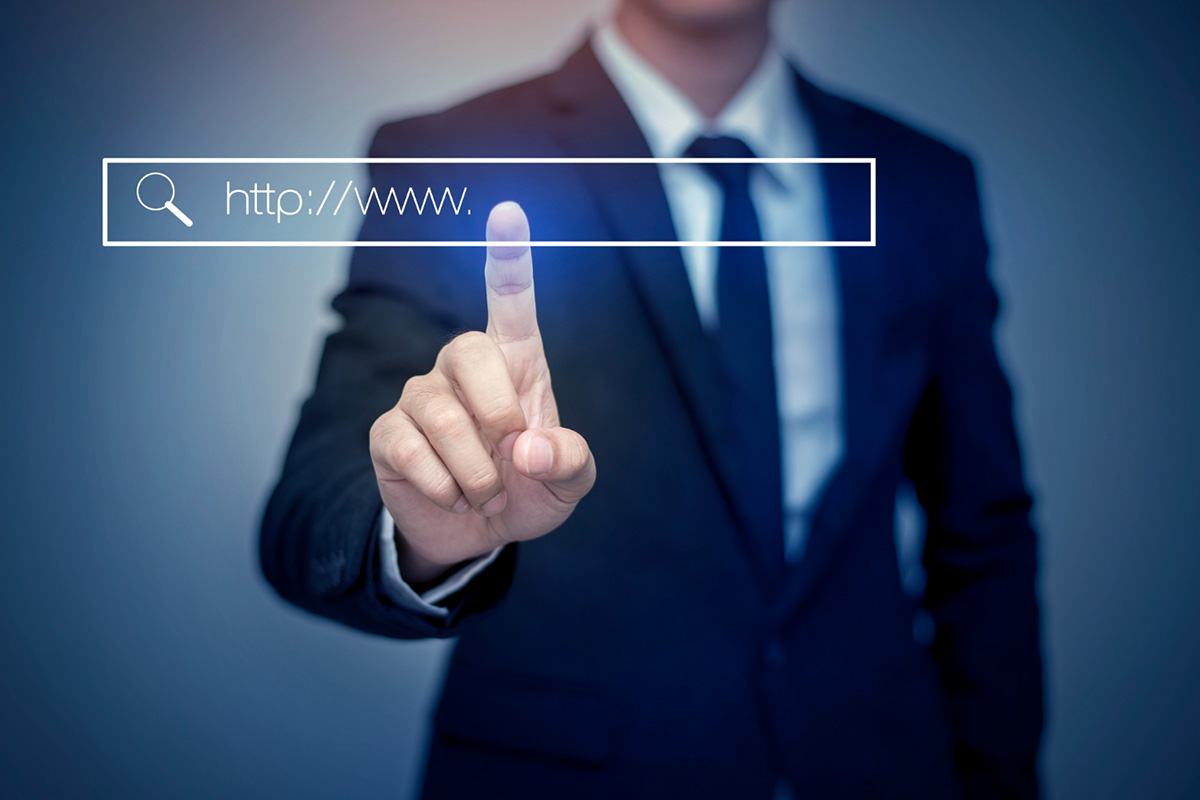
The world of search engine optimization (SEO) can be confusing, especially for those new to the field. One of the topics that can be particularly puzzling is canonical URL and tags. However, understanding these concepts is crucial to achieving better SEO for your website. In this blog post, we’ll explain what canonical URL and tags are, why they’re important, and how they can benefit your website.
1. What Is Canonical URL?
Canonical URL, also known as the canonical link element, refers to the preferred version of a webpage that search engines should index and rank. It’s especially important when a website has multiple URLs that point to the same page. For instance, if a website’s homepage can be accessed through “http://example.com,” “http://www.example.com,” or “https://example.com,” search engines may not know which version to display in the search results.
By implementing canonical URL on your website, you can tell search engines which page you want to be considered as the original or main version. This can help avoid duplicate content issues, increase crawl efficiency, and strengthen the overall authority of your website.
2. What Are Tags?
Tags, also known as meta tags, are pieces of code that provide information about a webpage to search engines and other software. There are different types of tags, such as meta description tags, meta keywords tags, and title tags. While the latter is crucial for SEO as it tells search engines what the page is about, the former two have become less important over the years due to spamming practices.
However, there’s one type of tag that remains relevant and helpful for your SEO efforts: the rel=“canonical” tag. This tag, when placed in the head section of an HTML document, indicates the canonical URL of the page to search engines. It acts as an additional signal to reinforce the preferred version of the page and prevent duplicate content issues.
3. How Can You Implement Canonical URL & Tags?
Implementing canonical URL and tags on your website is relatively simple. First, you need to identify the URLs that need canonicalization. This can be done using third-party tools such as Screaming Frog or Google Search Console. Once you’ve identified the URLs, you can add the rel=“canonical” tag to the head section of the HTML code, pointing to the preferred version of the page.
If you use a content management system (CMS) such as WordPress, there are plugins that can help you add canonical URL and tags automatically. For instance, the Yoast SEO plugin is a popular choice among website owners and developers. It not only adds the rel=“canonical” tag but also provides guidelines to optimize your title tags, meta descriptions, and other SEO elements.
4. Why Should You Care About Canonical URL & Tags?
Having canonical URL and tags on your website can bring several benefits. First, it can help your website rank higher in the search results by avoiding duplicate content issues and consolidating link equity. Second, it can improve the user experience by eliminating confusing and irrelevant URLs. Third, it can prevent misinterpretations from search engines and help them understand the structure of your website.
Conclusion
Canonical URL and tags may seem like technical jargon, but they’re essential components of SEO that can boost your website’s performance and visibility. By implementing canonical URL and tags correctly, you can tell search engines which pages you want to prioritize, avoid duplicate content problems, and increase your chances of being found by your target audience. If you need help with your SEO efforts, feel free to contact REK Marketing & Design, a trusted provider of SEO services in Orlando, FL. We’d be happy to guide you through the process and help you achieve your SEO goals.